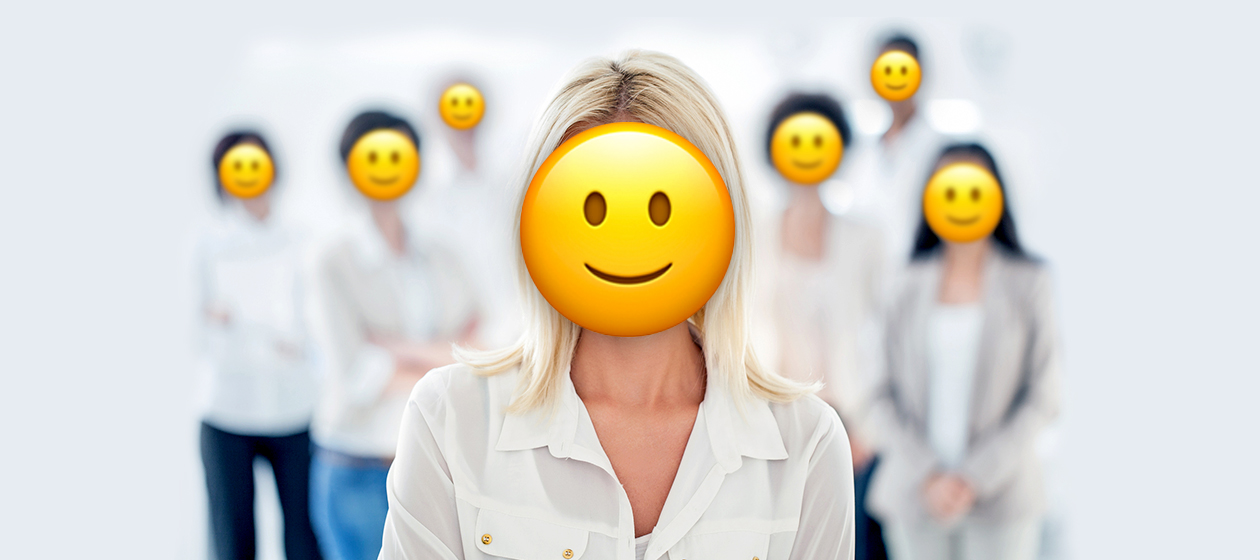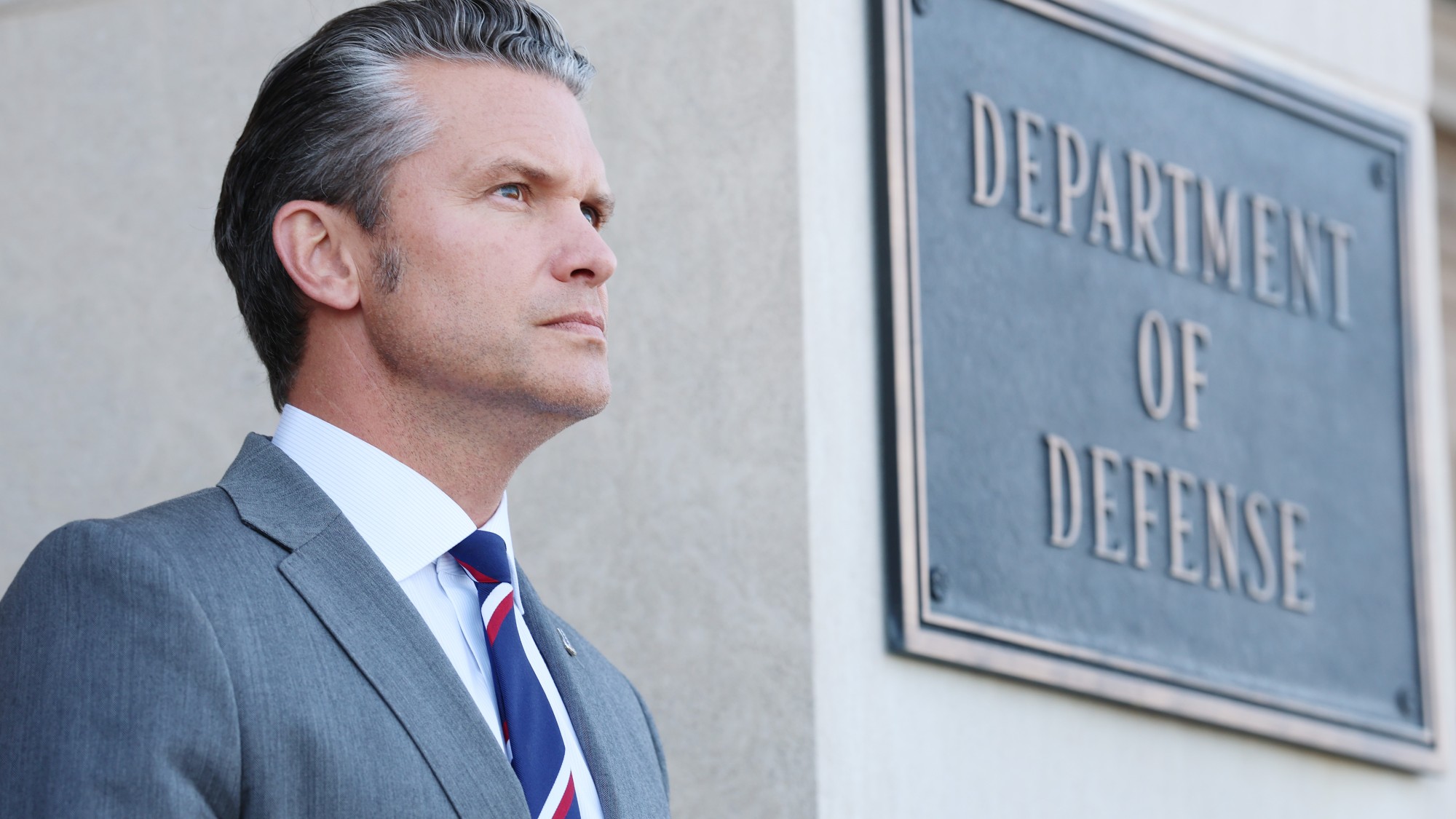The upside of emoji
You may scoff at emoji — but they're changing communication for the better


It's hard to discuss emoji without a certain degree of facetiousness. We can order mediocre chain pizza at the tweet of a single emoji? How revolutionary. Our presidential candidates like using them now? So hip.
So we make fun. And yet... not every use of emoji is worthy of an eye roll.
Linguists say the brightly colored images are more akin to slang than a full-blown language. But no matter what they technically are, it's clear that innovations in emoji offer us meaningful new ways to express ourselves and communicate with one another in a quick, globally understood manner.
The Week
Escape your echo chamber. Get the facts behind the news, plus analysis from multiple perspectives.

Sign up for The Week's Free Newsletters
From our morning news briefing to a weekly Good News Newsletter, get the best of The Week delivered directly to your inbox.
From our morning news briefing to a weekly Good News Newsletter, get the best of The Week delivered directly to your inbox.
Perhaps the most well-known advancement in emoji is also the simplest: the Unicode Consortium's November 2014 decision to add racially diverse emoji. In a medium all about self-expression, people of color no longer have to default to a white experience. Similarly, in 2012, same-sex couples joined the Unicode ranks.
Most avid texters know about these emoji additions. Even if you don't have the race options available on your phone, you have probably long since figured out what that little alien guy means your friend is getting at.
Other, less obvious uses of emoji can be just as consequential. At the Emoji Art Show in 2013, Genevieve Belleveau demonstrated that we can look to emoji for insight into how the autism spectrum works. The artist, who also studies social psychology and sociology, described to attendees a hypothetical situation — maybe a potential breakup — and then asked them to point to the emoji on her display that best depicted how they'd feel. In that way, a straightforward art exhibit taught people more about a condition they might not be familiar with or able to relate to, as Jezebel argued:
Belleveau explained how someone who gives a blunt, literal answer to her query might show signs of Asperger's versus someone whose answer is more nuanced. This doesn't mean, of course, that everybody who answers literally can be clinically diagnosed with such a disorder, but it allow people to learn more about how it works, and thus cut down on the stigma and misunderstanding that autism sufferers face. [Jezebel]
Belleveau's project on the autism spectrum isn't the only way emoji can be used to raise awareness about and enhance the way marginalized groups communicate. There's a Change.org petition asking the Unicode Consortium to add the sign language symbol for "I love you" (which looks like \m/ in emoticon speak) in all skin tones. Supporters argue its inclusion would spread its meaning further outside of the deaf community and therefore help bridge the gap between deaf and hearing people.
A free daily email with the biggest news stories of the day – and the best features from TheWeek.com
BRIS, a Swedish nonprofit that runs a national helpline, sees emoji as a way to make communication easier on troubled kids, including victims of abuse. The organization's app offers emoji that depict a black eye, verbal abuse, and suicidal thoughts, among other harmful scenarios. The idea is that children and teenagers who need help might feel more comfortable sending an adult a picture instead of trying to find the words to explain something painful, a BRIS spokeswoman told PBS. The emoji are also meant to help children break language barriers.
The universality of emoji is what makes these innovations so compelling and ripe with potential. In a playful Matter essay, Mary Mann criticized the idea that sending goofy images back and forth makes humanity dumber.
"It's a bit bleak, and doesn't really put a lot of faith in us as individual people with our own brains and agency, but the flip side is that in this potential future the entire human race is communicating with each other," she wrote. "Could it really be that the great promise of the World Wide Web has been achieved by the likes of unamused face, blowing kiss face, and smiley poop?"
Mann nailed it. Emoji, even the silly ones, are nothing to be embarrassed of. A mode of communication dominated by smiley poops still boasts creative new ways of connecting people and making the world feel just a little bit smaller.
Julie Kliegman is a freelance writer based in New York. Her work has appeared in BuzzFeed, Vox, Mental Floss, Paste, the Tampa Bay Times and PolitiFact. Her cats can do somersaults.
-
 How the War Department became the Department of Defense – and back again
How the War Department became the Department of Defense – and back againIn Depth In 1947 President Harry Truman restructured the US military establishment, breaking with naming tradition
-
 Codeword: December 8, 2025
Codeword: December 8, 2025The daily codeword puzzle from The Week
-
 Sudoku hard: December 8, 2025
Sudoku hard: December 8, 2025The daily hard sudoku puzzle from The Week
